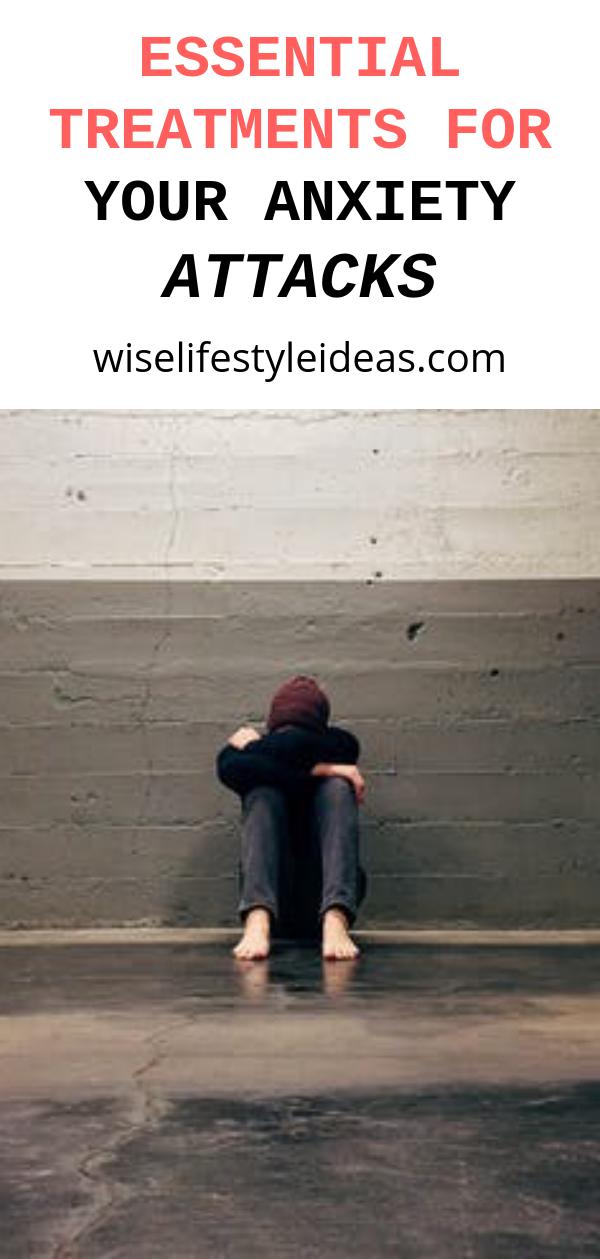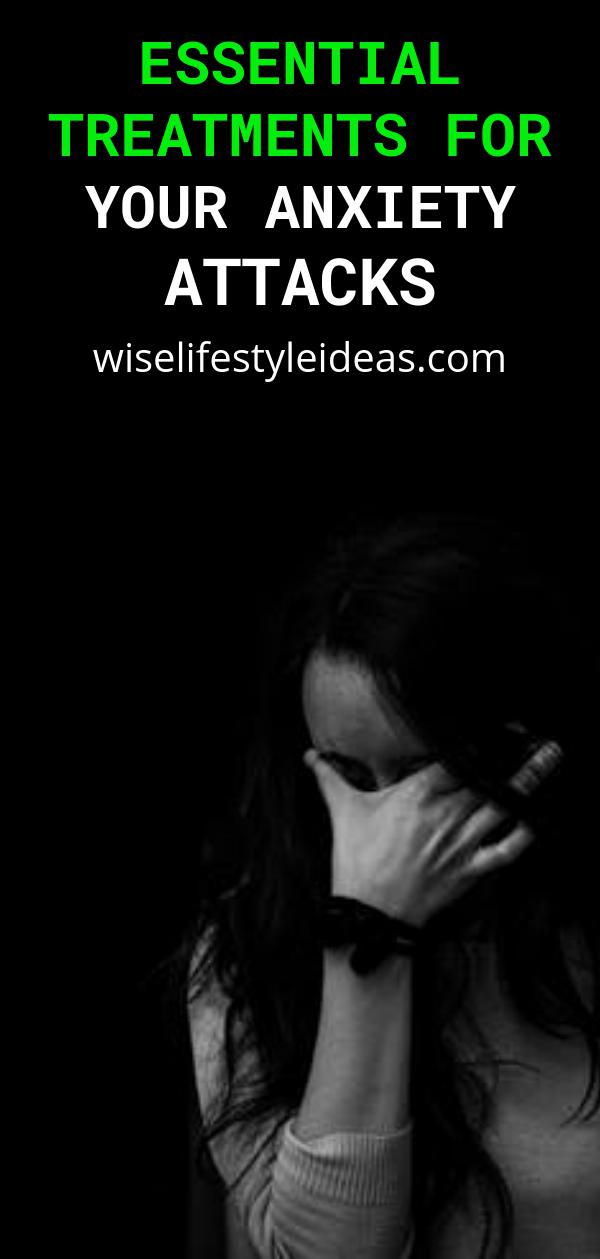Anxiety and panic attacks happen for many reasons, and the causes may vary from person to person. There are a number of treatments available that help patients to control and even eliminate their symptoms. The best way to beat anxiety is through self-help.
Panic and anxiety can be greatly reduced with the use of anti-anxiety medications. One type of medication prescribed for those who suffer from anxiety and panic attacks is benzodiazepines. A benzodiazepine (a medication that can act as a tranquilizer) is one that has a sedative effect, but it is not known to increase the heart rate or create a feeling of euphoria. When used in conjunction with some other form of therapy, this may help to relieve the stress and symptoms that anxiety can cause.

Anxiety and panic can often have a physical side effect such as stomach cramps or headaches. It is important to know which medications cause these symptoms before trying them. Antidepressants and anticonvulsants, in particular, can cause nausea, headaches, and vomiting. A certain type of antidepressant known as Tricyclic antidepressants (TCAs) are considered to be a class that is known to cause the most unpleasant side effects.
When a person with anxiety and panic begins a course of anti-anxiety medication, they may want to consider other forms of anxiety therapy. Cognitive-behavioral therapy is one type of therapy that helps individuals identify and work through specific feelings and thoughts that can cause anxiety. The goal of this form of therapy is to help the individual to identify their feelings and the thoughts that go along with them. They will also learn how to relax and breathe properly to help prevent an attack.
Cognitive-behavioral therapy has been shown to be effective in treating anxiety-panic disorder. Although it can take time to get a full understanding of the entire problem, this type of therapy does offer much insight into the problem and treatment options. It is a good option for many people who suffer from anxiety and panic disorders.
Another type of therapy that is available to those who suffer from anxiety disorders is psychotherapy. This form of therapy focuses on the issues that were mentioned above — identifying and learning to live with feelings, and controlling an attack. Psychotherapy can often be a valuable way to solve the underlying issues that bring about anxiety and panic attacks.
The basic elements of cognitive-behavioral therapy are simple and easy to understand. These include identifying, replacing, and dealing with negative thoughts and feelings, and learning to find your energy level. There are a number of sessions that are designed to help the patient to discover what is causing the anxiety and help them figure out how to deal with the attacks. All of these steps can be put into practice and performed in small steps.
A person with anxiety disorders may also benefit from other forms of therapy. These can be tried with some regularity. They can be helpful in helping to resolve some underlying issues that might be contributing to the occurrence of anxiety and panic attacks.
Anxiety is actually a response to something that is stressful. If the person suffering from anxiety and panic knows what the triggers are, then the chances of being able to control the attacks are significantly improved. And it is for these reasons that cognitive-behavioral therapy and other forms of therapy should be considered first.

By using self-help, they can treat the anxiety and panic disorders that they have, and they can learn to cope with the events that make the attacks more likely to occur. Then they can move on to other therapies if they feel it is necessary.
These types of treatments for anxiety and panic disorders do not have to be limited to only one type of treatment. The type of therapy is the most important consideration, however, and should be conducted in consultation with a mental health professional.




